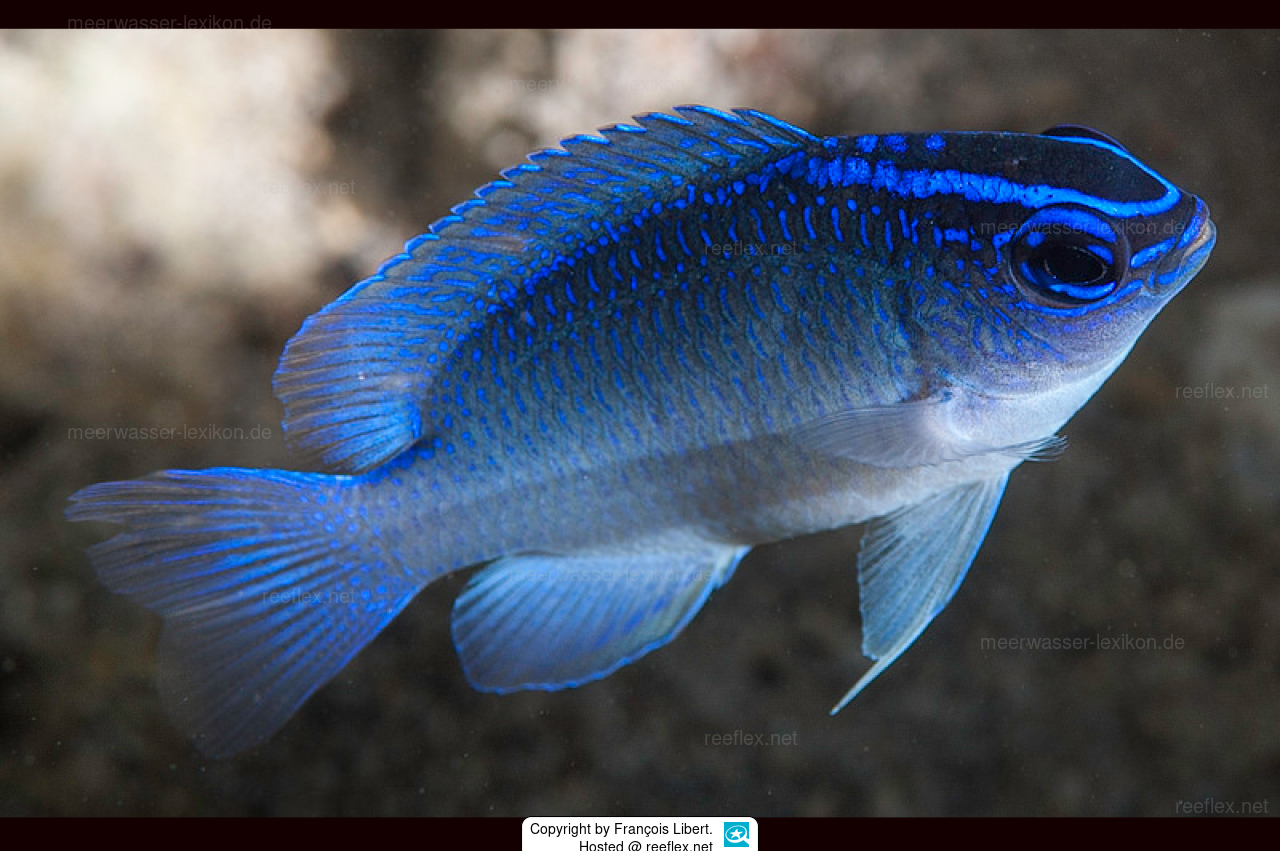Info
(Cuvier, 1830)
Synonyms:
Abudefduf caesio Seale, 1906
Abudefduf glaucus (Cuvier, 1830)
Chrysiptera hollisi Fowler, 1946
Chrysoptera glauca (Cuvier, 1830)
Glyphidodon modestus Pfeffer, 1893
Glyphidodon pallidus De Vis, 1884
Glyphidodontops glaucus (Cuvier, 1830)
Glyphisodon glaucus Cuvier, 1830
Glyphisodon modestus Schlegel & Müller, 1839
Glyphisodon phaiosoma Bleeker, 1849
Classification: Biota > Animalia (Kingdom) > Chordata (Phylum) > Vertebrata (Subphylum) > Gnathostomata (Superclass) > Pisces (Superclass) > Actinopterygii (Class) > Perciformes (Order) > Labroidei (Suborder) > Pomacentridae (Family) > Chrysiptera (Genus) > Chrysiptera glauca (Species)
Synonyms:
Abudefduf caesio Seale, 1906
Abudefduf glaucus (Cuvier, 1830)
Chrysiptera hollisi Fowler, 1946
Chrysoptera glauca (Cuvier, 1830)
Glyphidodon modestus Pfeffer, 1893
Glyphidodon pallidus De Vis, 1884
Glyphidodontops glaucus (Cuvier, 1830)
Glyphisodon glaucus Cuvier, 1830
Glyphisodon modestus Schlegel & Müller, 1839
Glyphisodon phaiosoma Bleeker, 1849
Classification: Biota > Animalia (Kingdom) > Chordata (Phylum) > Vertebrata (Subphylum) > Gnathostomata (Superclass) > Pisces (Superclass) > Actinopterygii (Class) > Perciformes (Order) > Labroidei (Suborder) > Pomacentridae (Family) > Chrysiptera (Genus) > Chrysiptera glauca (Species)







 François Libert, Frankreich
François Libert, Frankreich
















































